|
Dive into Spring Cleaning
When the temperature is climbing up to an acceptable level and flowers are flexing their muscles, when the birds are singing and you are in a (generally) better mood, that just might mean that spring has arrived. And with that comes the unignorable urge to clean everything in sight. Spring cleaning is an age-old tradition that grips virtually everyone with a home or apartment. It’s that annual event likened to a pilgrimage that means you discover all kinds of things, such as “What in the world has been growing behind the refrigerator?” and “Just how many spiders lived in our basement this winter?” Spring cleaning needs to be strategic, not a haphazard running around the house with a feather duster in one hand and the vacuum in the other. The first step is to prioritize. Which areas of the house need attention first? Which will take the most time? Which will make the most impact (positive) on creating a cleaner, healthier home? Make a list. What you will do with the high-touch points, dusting, vacuuming, moving furniture, special tasks such as window washing or oven cleaning. Also add in what you need professional services for, such as carpet and furniture cleaning, hard floor care, and similar tough jobs that give you a migraine just thinking about them. Create a schedule. While some may have a few days they can put against spring cleaning chores, many must split it up. Make it manageable. After you create your list and priorities, get out the calendar and map it all out so your plan gets some life to it. Nothing feels as good as checking off those cleaning tasks over a period of time. Take your time. When dusting, vacuuming, or another cleaning task, don’t hurry through it. There’s nothing as valuable as a thorough, diligent cleaning of surfaces. Moving that vacuum slowly over the carpet means you are pulling more dry soil, which means less dust “coming back” after spring cleaning is over. You will also be “getting rid of stuff” during the spring-cleaning process. Sentiments may come into play. Although that elephant shaped planter in the back corner of the basement came from a favorite third cousin (what is her name, anyway?), you have never introduced anything resembling live growth to it. Maybe just get rid of it, along with all that other stuff that you know you won’t use in this lifetime. And when it comes time to get some expert help with your cleaning tasks, do the right thing. Call your favorite cleaning company. After all, it pays to call a pro! The Tenacity of Soap Scum
Soap scum is an irritating by-product of cleaning, especially in tubs, showers, and sinks. It’s ironic that a product you use to clean with creates problems on surfaces. And besides just soap buildup, what’s encased in the soap scum includes body oil, dead skin, bacteria, dirt, and more. This is why you may notice a foul odor as the soap scum gets thicker over time. Using liquid soap instead of bar soap will hinder soap scum buildup, because bar soap contains products that tend to create a film. Wiping down surfaces in your tub, shower, and sinks after you use them also helps. And there are specialty products you can mist onto surfaces routinely that will hinder the buildup of film. But when soap scum strikes, here are a few easy steps to follow to remove it. Mix up equal amounts warm water and white vinegar and add a small amount (just a drop) of dish detergent. Use a spray bottle and liberally apply to the soap scum, give the solution several minutes to work, and wipe it off. Keep repeating until the soap scum is gone. The small amount of dish detergent acts as a surfactant and penetrates the soap scum, and the water/vinegar mix helps break down the elements that created the scum. Mixing up a paste of baking soda and vinegar also works. Use about a half cup of baking soda in a small bowl, add just enough white vinegar until it becomes a paste. It will fizz for a while, and once it is done fizzing, apply to the areas you wish to treat. This is especially effective in areas such as where you leave a bar of soap and the scum is really thick. There are some cleaning products you can purchase at your favorite department store that also work on soap scum. They are applied directly to the surface and bubble and fizz and make removal much easier. All three of these solutions will work for you, but as with all cleaning activities, it takes time, elbow grease — aka scrubbing — to get the job done. Rinse it all off and wipe dry to really see how effective you were in removing the soap scum. But when you really need some cleaning help and tips, do the right thing. Call your favorite cleaning company. After all, it pays to call a pro! Removing Spots and Stains from Clothes
Life comes with all kinds of surprises, and one unpleasant one is when you put on a freshly laundered shirt and discover a spot or stain didn’t come out. The offending visual takes center stage when you venture out in public. While your regular laundering of clothes should remove most spots, some of them can be stubborn and, of course, stains need special treatment. The first step in better spot and stain removal is to act fast. If you can get your clothes into the washing machine immediately after the spill or whatever activity created the issue, your odds of success increase dramatically. Deal with any spot or stain issue as early as possible. Here are a few tips that will help you become a spot and stain removal expert, and keep your clothes looking their best all the time. Pretreat Even if you have a fresh spill, and can put it directly into the washing machine, it is still important to apply some spotting solution and work it into the spot. This gives you a head start on removing the spot. Some spills, such as coffee, tea, and red wine have tannins that don’t wash out that easily. Do your best to not allow a spot to dry out. If laundered when wet and fresh, it will come out easier. Temperature Use the hottest temperature you can for the type of clothing to be washed. Whites can be washed in super-hot water, while dark colors can bleed or lose dyes in hot water. This is especially true with newer clothing that hasn’t been laundered that often. Boost the chemistry Adding an oxygen booster to your washing machine will also help safely bleach away spots and stains. Many laundry detergents come with oxygen boosters, which are hydrogen peroxide-based products. Build your spotting kit It is a good idea to have on hand a few spotting solutions to use on your clothes, especially for stubborn soils. Grease, oil, ink, and paint are examples of types of soils that need a dry-based solvent. While normal pretreat products are good for general spots, there are times when a specific type of cleaning product will save the day for you. Of course, when it comes to all things cleaning, talk to your favorite cleaning company. They have the answers and can give you great advice. After all, it pays to call a pro! Dust(less) Best Practices
Dirt and grime can be found in most places and are part of life. The goal most of us have is to keep all of it outside, where it belongs. But inside it comes, sometimes with a vengeance. In the air. On shoes. Tracked in by pets. But what about dust? Is dust a simple type of soil that floats in the air, that you can see hanging in the sunlight coming in a window? That’s a common belief, yet you would be surprised at what composes dust in your home. Dust can be pet dander, skin cells, dust mite excrement, flooring materials breaking down, and, of course, just regular fine soil that has made its way into your home. Much of this may be allergen triggers for those in your household, so keeping your home as dust-free as possible is important. It’s a simple matter to dust a surface, but another one entirely to do it thoroughly and to remove dust from those hard-to-reach areas. Sometimes, our dusting efforts actually create more problems, as we might simply put the dust in the air or just move it around. Here are a few best practices to consider. As you work, think of your own lungs and perhaps wear a mask appropriate for dusting. If you have allergies, this is very important. Tip #1: To keep dust in its place, start at the top of a room and work your way down. Top to bottom. If you don’t collect all the dust with the cleaning cloth you are using, it should fall down, and you can get it as you keep working. Tip #2: It’s always best to use a moistened cloth rather than a dry cloth, if the surface can be cleaned with moisture. This way you easily collect the dust as you work. Turn the cloth over or rinse it out often. You want to remove dust, not redistribute it. Tip #3: For hard-to-reach areas, many might just skip cleaning. Don’t do that. Think smart. You can use long-handled dusters that collect dust and don’t sweep it away. You can use flat-mop type dusters for the sides of appliances. Also, think about vacuums with attachments to suck up the dust under furniture or behind heavy items that can’t easily be moved. Of course, the best option is to call your favorite cleaning company and let them handle the entire job, giving you time to do something you enjoy. After all, it pays to call a pro! Wonderful Wood Floors
Cleaning and maintaining hard surfaces is a task that can really enhance the appearance and value of your home. While most hard floors respond well to routine cleaning and maintenance, there are still challenges inherent with natural wood flooring materials that require your special attention. The first challenge is a gritty one. Speaking of soil, of course. Any type of soil on a surface acts as a natural “sandpaper” and slowly but surely damages the surface as it is walked on. This can happen to carpet and hard floors, but it’s the appearance of hard floors that will show the damage. Imagine putting some sand on plexiglass and walking on it for a long period of time. The surface is going to get scratched and you will see it. The same is true of hard floors. Carpet may hide the issue to some degree — hard floors do not. The key to protecting your wonderful wood floors is daily maintenance. Don’t let a day go by without sweeping or, even better, using a dust mop on the floor. It doesn’t take long to do this, just a few minutes, but keeping that gritty soil off the floor will protect it. Choose a quality dust mop wide enough to make quick work of the chore, but not too wide that you can’t get into tight areas or corners. There are special vacuum cleaners for hard surfaces that work great as well. At least once a week, completely clean your wood floors. This means after removing the dry, gritty soil, deep clean the floor with warm detergent solution. Choose a detergent for your type of floor. A quick online search should provide you with the best product type. Keep moisture to a minimum but enough to dampen the floor as you clean it, removing oils and contaminants as you work. Rinse out and repeat several times until you are confident your wood floors are “squeaky clean.” When you come across specks or soils that stick to the floor, scrape them off with your fingernail or a sharp blade, but be careful not to scratch the floor. Of course, the best way to care for your wood floors is to use experts who know exactly how to maintain them. Contact your favorite cleaning company today. After all, it pays to call a pro! How to Remove Adhesive Residues
When something is stuck — and you don’t want it to be stuck — that can be a problem. This is especially true when it comes to tape, glue, and other sticky stuff we use all the time in our homes and businesses. You can use soap and water, you can scrub, you can get red in the face… but when it comes to proper adhesive residue removal, there is a better way. Scrape it off If the adhesive residue is on a flat, hard surface, using a straight razor blade can remove the majority of the residue. It basically slices it off the surface. But be careful you don’t scratch the surface, especially wood and natural materials. If that happens, you have permanent damage. After scraping, you will still need a little dry solvent, such as rubbing alcohol or acetone, to remove what’s remaining. A few seconds of contact time is all that is needed. Dissolve and remove If the adhesive residue is on a soft surface, such as carpet, furniture, or clothing, you can’t scrape it off. You need to dissolve the residue and then blot or rinse it away. This isn’t easy. If you apply too much dry solvent (rubbing alcohol, acetone, etc) you can delaminate the fabric if it has a backing. You can also dissolve glues that are part of the fabric. It’s best to add a small amount of dry solvent to a white, cotton cloth that you can dispose of, and blot at the residue. Several applications will be necessary, depending on the type of residue. The challenge is the adhesive residue does not dissolve in anything but a dry solvent. Yes, you can use high heat and hopefully soften the residue for removal, but that is problematic at best. One big issue is when tape is used on carpet. Even if you remove the tape and clean the residue, over time, that sticky residue remaining will collect soils, such as from foot traffic. A dark line will form. Repeated cleanings will help, but this is an often-frustrating task. The real solution is to get some advice from your favorite cleaning company. Carpet and furniture cleaning companies deal with adhesive residues every day and know what to do. Let them handle this for you. After all, it pays to call a pro! How to Find the Very Best Cleaning Company
Most of us are very busy people and must prioritize our activities. One necessary activity is cleaning our homes. Sometimes, we rush through it and don’t do the best job possible. Life happens… but a lack of time doesn’t mean you have to put up with dirt, grime, and clutter. The best solution is to find a cleaning company to handle challenging cleaning issues you face, such as carpet cleaning, furniture cleaning, hard floor care, and more. Professional cleaners understand the proper procedures for disinfecting, as well. When looking for a professional cleaning company, whether for regular housecleaning services or specialized cleaning, such as carpet or furniture care, there are a few specific strategies you should implement. Referrals One of the best ways to find any company to do anything for you is by referrals, such as from family or friends. This process automatically filters prospective companies for you, as referrals are provided to you by those you trust and have similar interests. After all, when you enjoy a nice meal at a good restaurant or have a great experience with a service company, what is your natural inclination? You want your friends and family to have the same, great experience. So you tell them about it, and they trust that what you are sharing with them is true. Ask around. Inquire of your family and friends in your local area who they use for cleaning services and ask for their honest opinions. The information will be invaluable. Reviews Second to referrals are reviews, usually online reviews such as with Google or Yelp. This is a proven way to filter out the good from the bad and find companies that usually treat their customers the way you want to be treated. Be sure to use companies that have several reviews, over a long period of time. A long track record is best. Interview them Don’t be afraid to get a prospective company on the telephone or have them out to your home and ask questions, such as with any unique guarantees they might offer. Don’t look for the cheapest deal. Look for quality. Discuss with the company owner or manager what they can do for you. Let them know you are seeking out a quality company. All of this takes time, but the end result is you will find the very best cleaning company for your home. After all, it pays to call a pro! The Often-Forgotten Vacuum Bag
Vacuum cleaners are an integral part of life for any family and a common tool used daily in commercial buildings. While the vacuum hums along doing its job, picking up dirt, grit, debris, and potential contaminants, there is a part of the vacuum we might not think about that often. You usually can’t see it… but it’s right there, inside your vacuum cleaner — the bag. The vacuum bag is the repositor of all substances that the vacuum collects through the beater bar or suction assembly and hoses. Unless you use a bagless vacuum, and there are some on the market today, all air goes from the surface being vacuumed and through the vacuum bag. The air you breathe around a vacuum is partly the air that has passed through the unit. Problem detected You know you have a problem when you turn on the vacuum cleaner and notice a foul odor. What you are detecting is the result of organic and inorganic matter inside the vacuum bag that has had time grow microorganisms that create odors. A vacuum bag that has sat a long period of time without being changed or cleaned can produce significant bad odors. While your vacuum cleaner manufacturer will have recommendations on the frequency of changing the bag, those are simply general recommendations. Professional carpet cleaners recommend changing a bag when one-half to two-thirds full. Is that enough? The nose knows In addition to following a schedule, use some common sense. Remember that a vacuum bag in the dark that is stuffed with organic soils will quickly become an odor-causing source. If you vacuum every day, you may not notice it. But give it a week or two, and the odors become evident. At the first hint of an odor, change the bag. Even if you vacuum once or twice, and put the vacuum away for several days, it may be good to change the bag before using it again. Bags are cheap. Your health is not. Professionals cleaners often change the vacuum bag and clean all equipment before going from one home to the next. The do this to avoid cross-contamination. Their basic principles of equipment maintenance keep you and your family safe. When it comes to the absolute best cleaning of all surfaces, do the right thing. Call your favorite cleaning company. After all, it pays to call a pro! |
PURE CARPET CARE North Brunswick NJ
Call 877-216-5509 Archives
April 2021
Cleaning OutPost
|
Would you like to get your own OutPost Site? Cleaning and restoration firms who are MarketingZoo.com members get
|
CleaningOutpost.com Directory of Cleaning & Restoration Businesses is a service offered by MarketingZoo.com
Copyright 2015 Thinkshortcut Publishing, LLC
Copyright 2015 Thinkshortcut Publishing, LLC
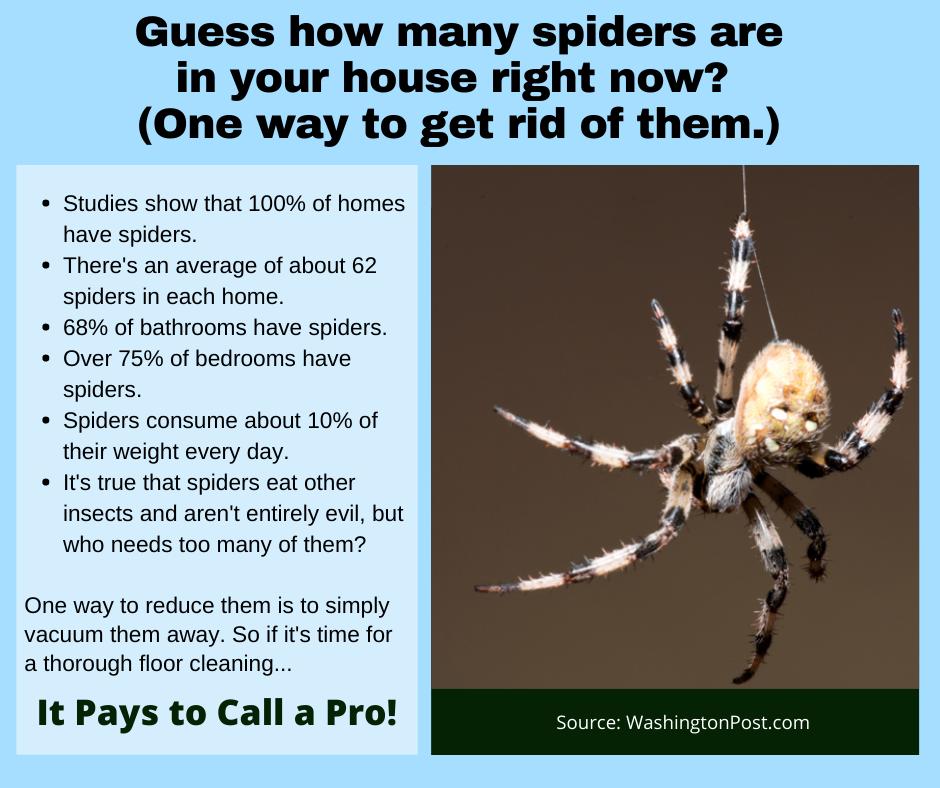
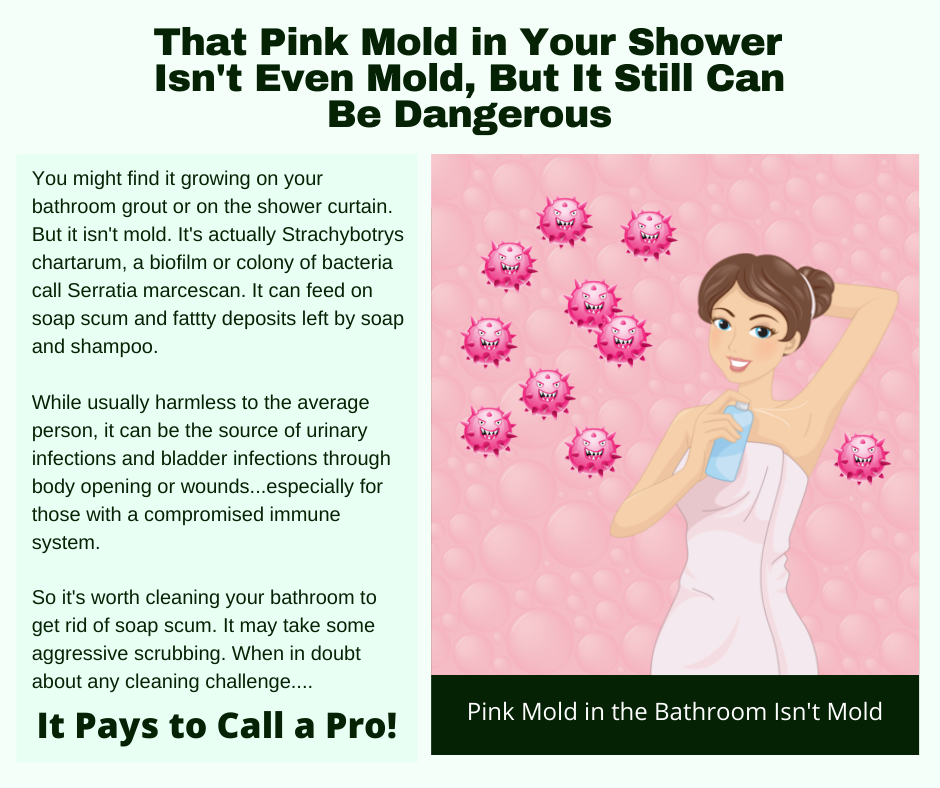
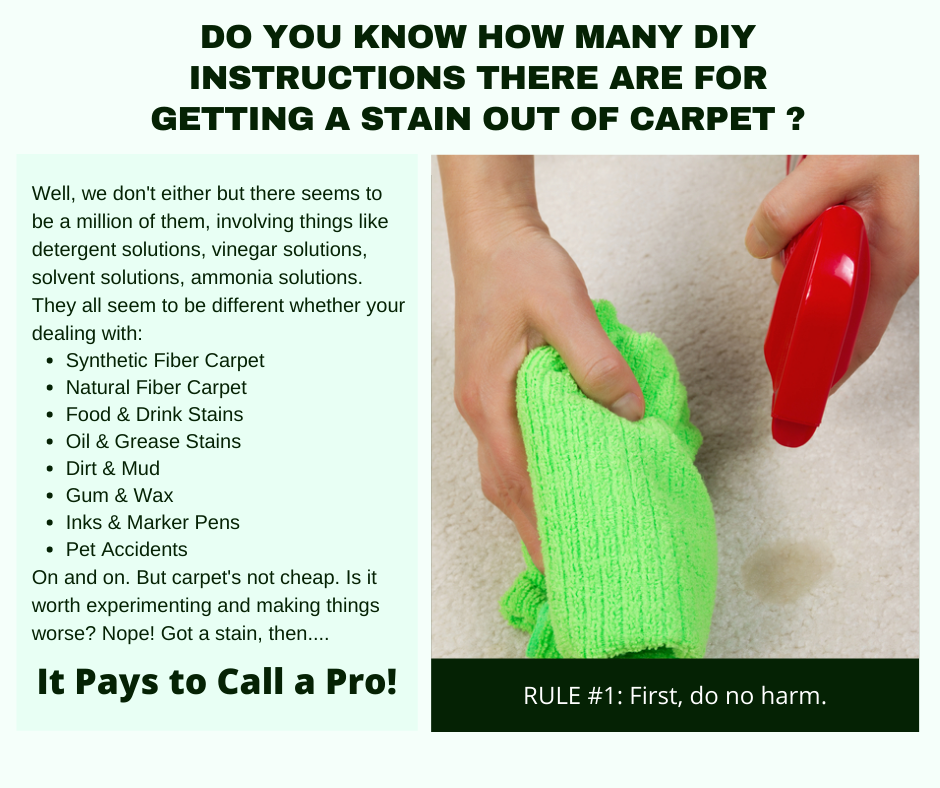
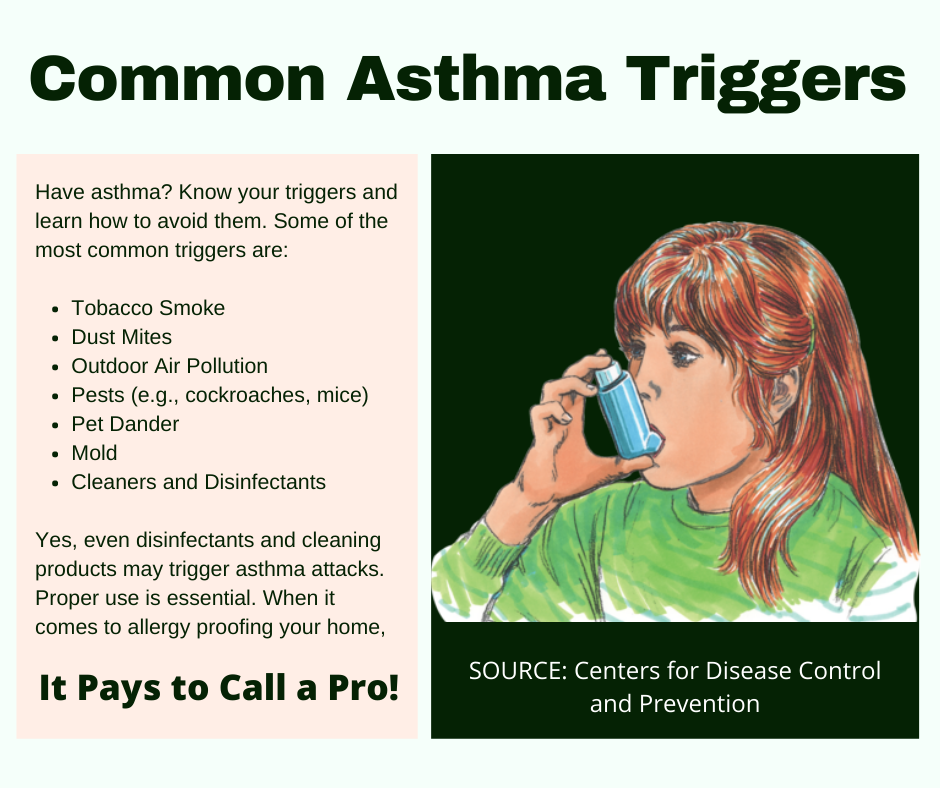
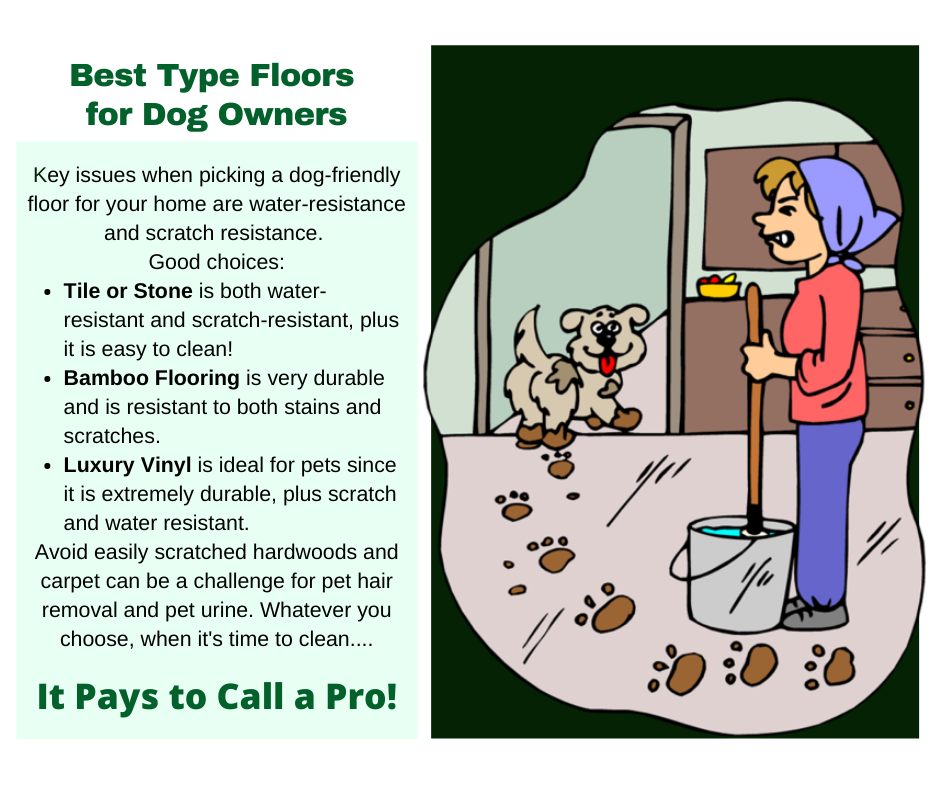
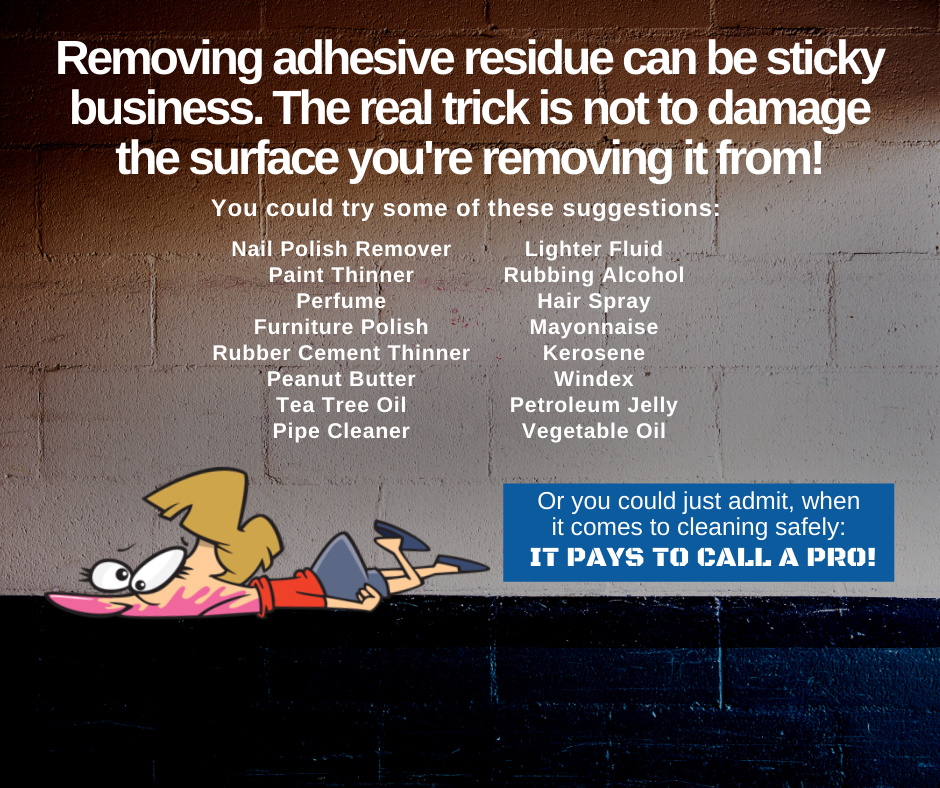


 RSS Feed
RSS Feed
